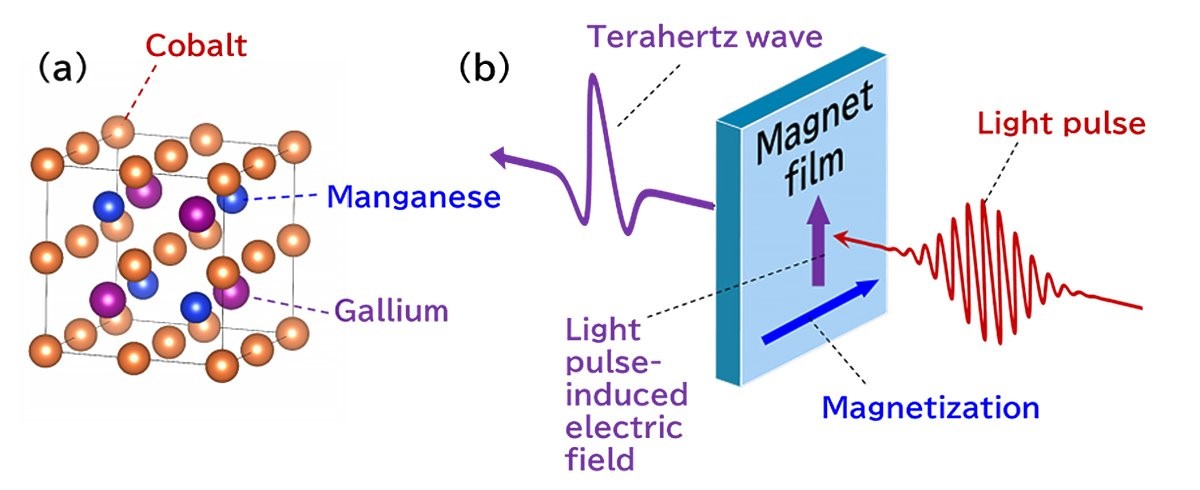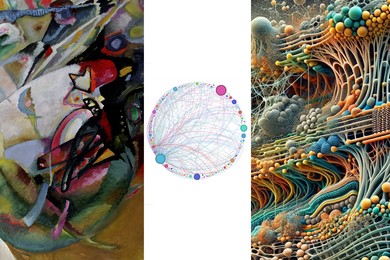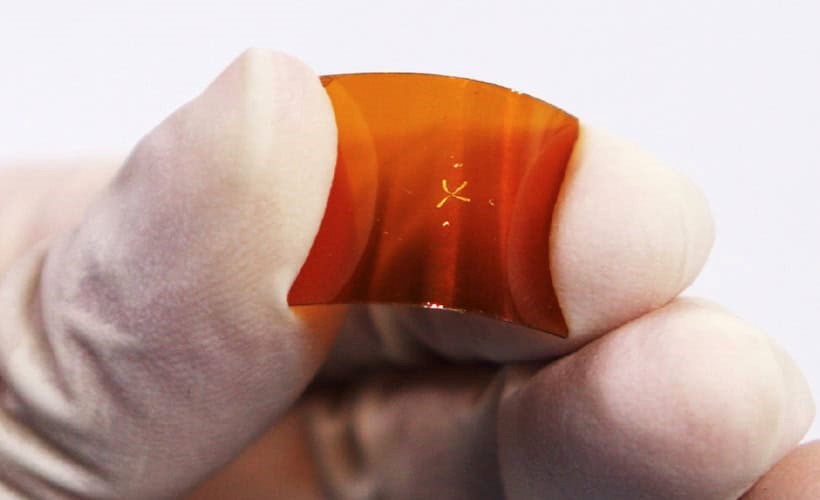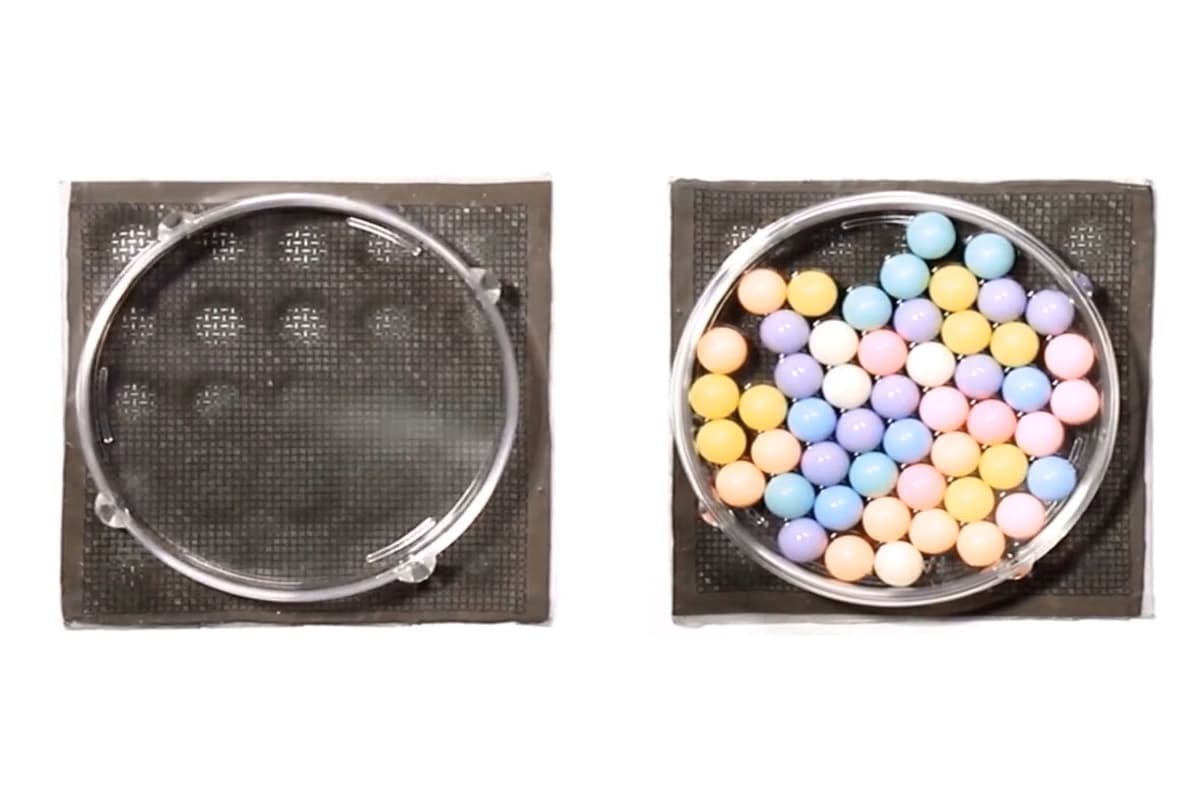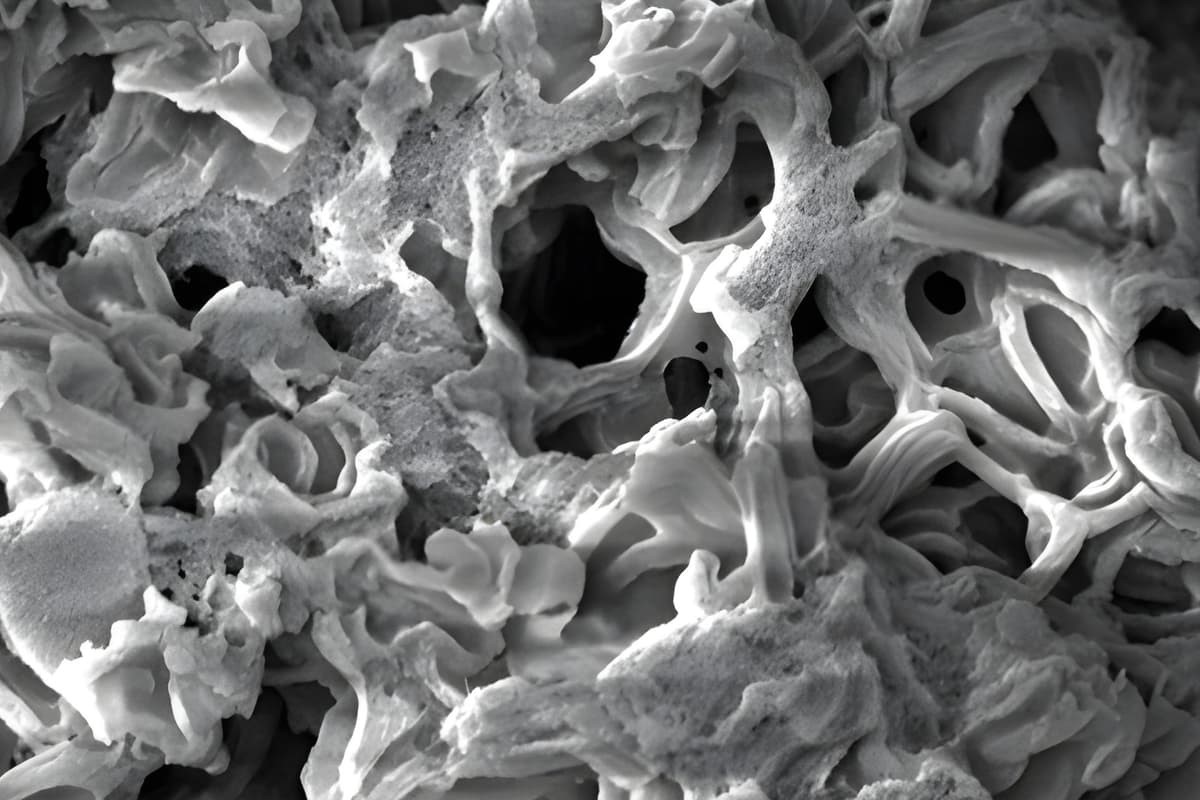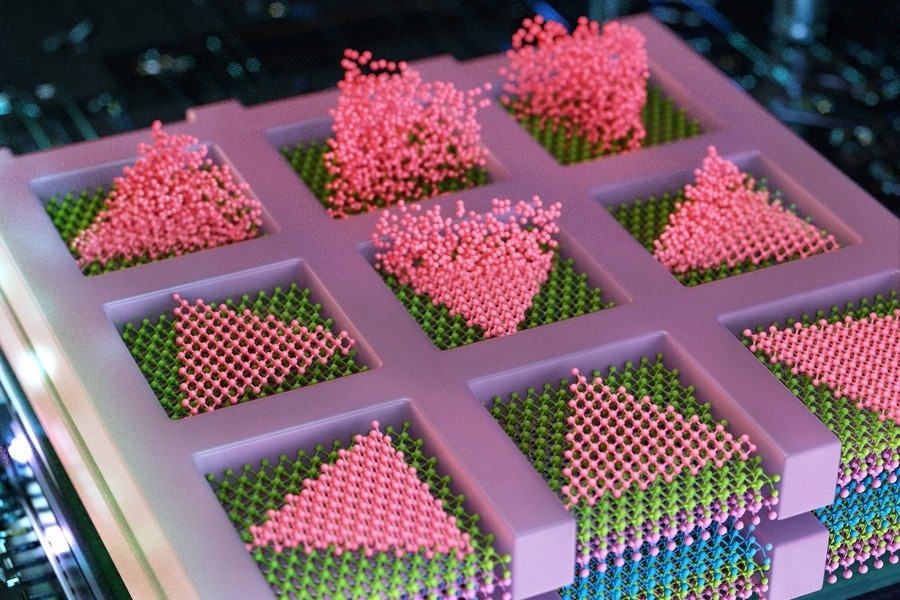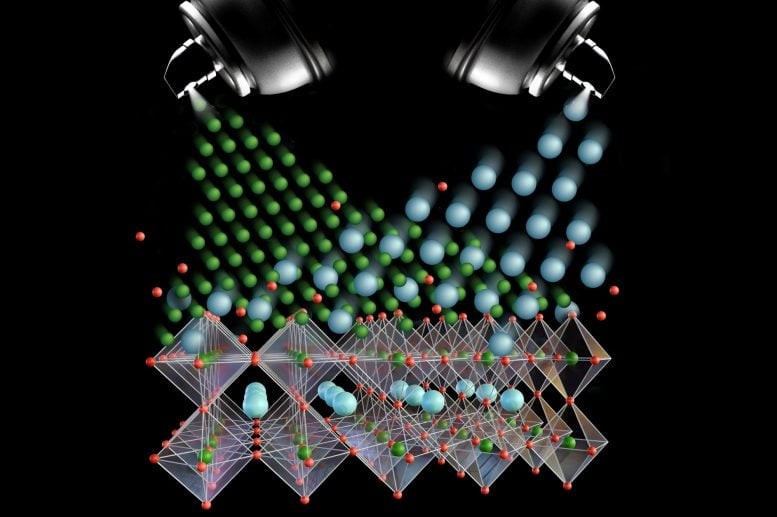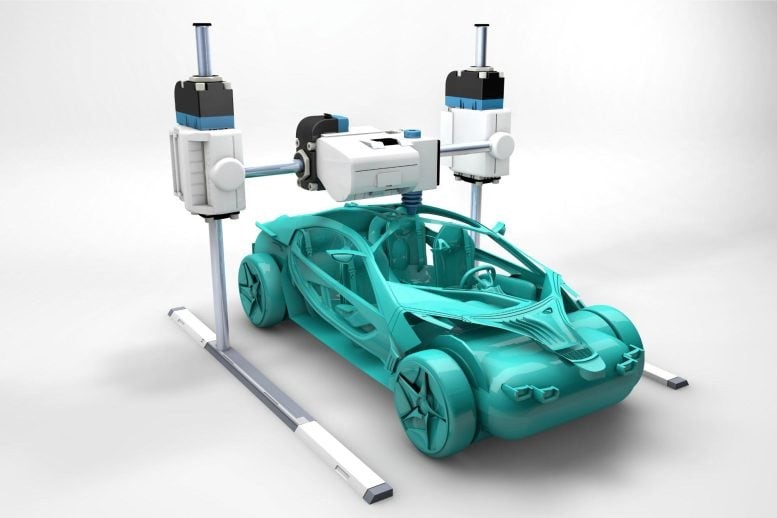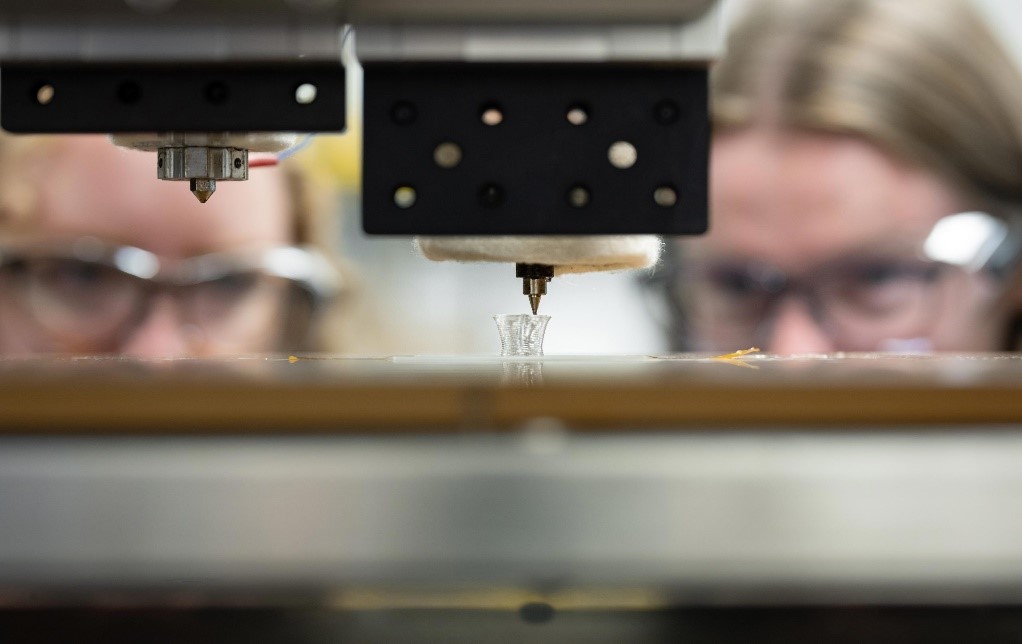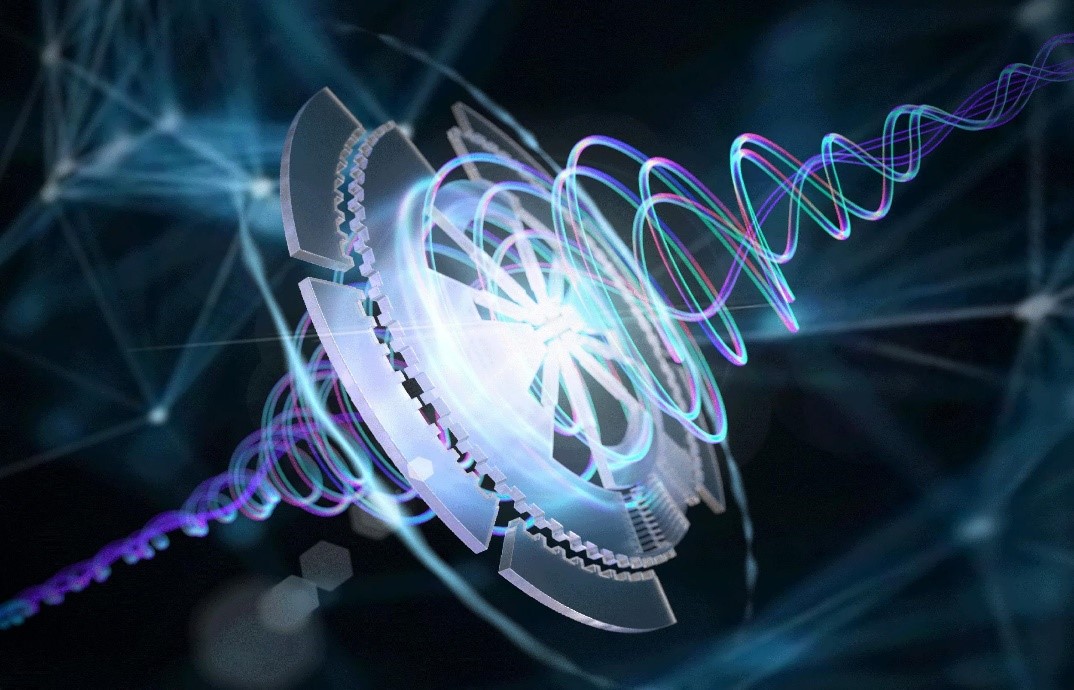Glow-In-The-Dark Wood Provides Passive Lighting for Homes or Parks
Picture a glow-in-the-dark designer desk or wooden fence posts lighting the way home with their eerie glow. Scientists in Switzerland have created glowing wood, using a fungus to make it possible.
Finding a piece of glowing wood in the forest might feel like a magical experience, but it is actually possible. Under certain conditions, some mushroom species fluoresce as they break down wood, though this phenomenon is rare and difficult to replicate.
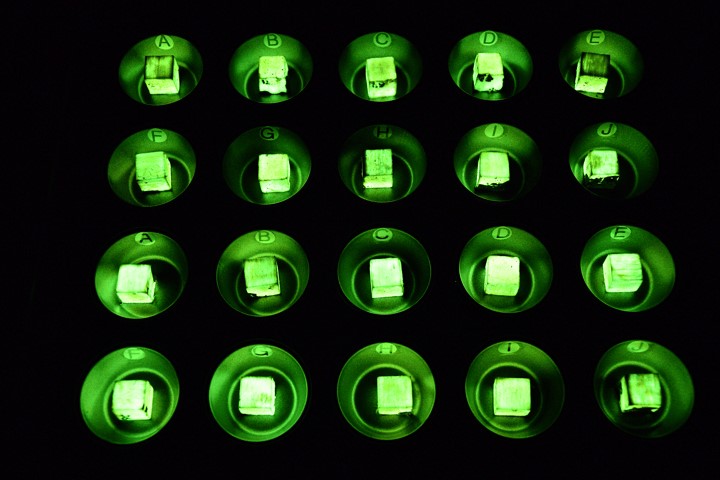
Figure 1. Samples of bioluminescent wood glowing in the lab's darkness
Scientists at Empa have successfully replicated the conditions necessary to create glow-in-the-dark wood. The most effective combination involved ringless honey fungus (Desarmillaria tabescens) and balsa wood, which was able to fluoresce for up to 10 days, emitting a classic green glow at wavelengths of 560 nanometers. Figure 1 shows Samples of bioluminescent wood glowing in the lab's darkness.
However, reaching this glowing state takes time. The researchers discovered that the fungus and wood must be incubated together for three months in a highly humid environment. During this period, the balsa wood absorbs up to eight times its weight in water. The glow begins only when the wood is exposed to oxygen, triggering the enzyme luciferase (the same enzyme found in fireflies) to initiate a reaction that produces the green glow.
Upon closer examination, the team found that the fungus breaks down lignin in the wood, a natural polymer responsible for providing stiffness and compressive strength. However, this does not compromise the wood's overall stability, as the cellulose remains intact.
The researchers aim to refine the technique to enhance the intensity and longevity of the bioluminescent wood. Their ultimate goal, as stated in the paper, is to create energy-efficient lighting solutions for homes or public spaces. While the current method involves embedding the glow into "dead" wood, other research has explored creating living plants that glow for similar purposes.
Source:Empa
Cite this article:
Janani R (2024), Glow-In-The-Dark Wood Provides Passive Lighting for Homes or Parks, AnaTechMaz, pp. 81


